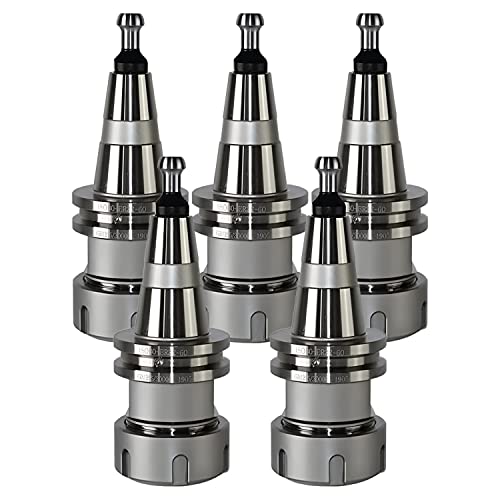I've been following along here. What is the story with Delta Hawk? Are they viable? I would think that multi-fuel (at least the ability to use kerosene) is beneficial.
With the twin prop arrangement I would expect noise due to the proximity of the prop tips to the fuselage. Has this been tested or is tip speed low enough to minimize this?
Fuel consumption piqued my interest. I saw mention of the BMW IIIa at 180g/HP-hr (240g/kWh), but the published tests put it at 270g/kWh? O-320, O-360 is something like 255g/kWh.
It seems knock limited large bore low RPM engines are pretty well sorted. Where is the increased efficiency going to come from? There is an interesting reference to the turbo versions burning much more fuel
here, at the bottom of the page. Bristol was working with mechanical direct injection of gasoline during WWII, did it ever become common? Germany also used it in some airplanes in production, I think.
Niels, have you read anything about this company?
http://www.achatespower.com It seems they are investing a lot in the Junkers type.
I agree that everything in the engine world was done by WWII when turbines took over. There have been advances since then, but the cost is staggering for the gains. Besides, much of the automotive work won't apply. Which brings me to question how much might development of this engine cost?
Greg


































![MeshMagic 3D Free 3D Modeling Software [Download]](https://m.media-amazon.com/images/I/B1U+p8ewjGS._SL500_.png)


















![DreamPlan Home Design and Landscaping Software Free for Windows [PC Download]](https://m.media-amazon.com/images/I/51kvZH2dVLL._SL500_.jpg)














![TurboCAD 2020 Designer [PC Download]](https://m.media-amazon.com/images/I/51UKfAHH1LL._SL500_.jpg)














